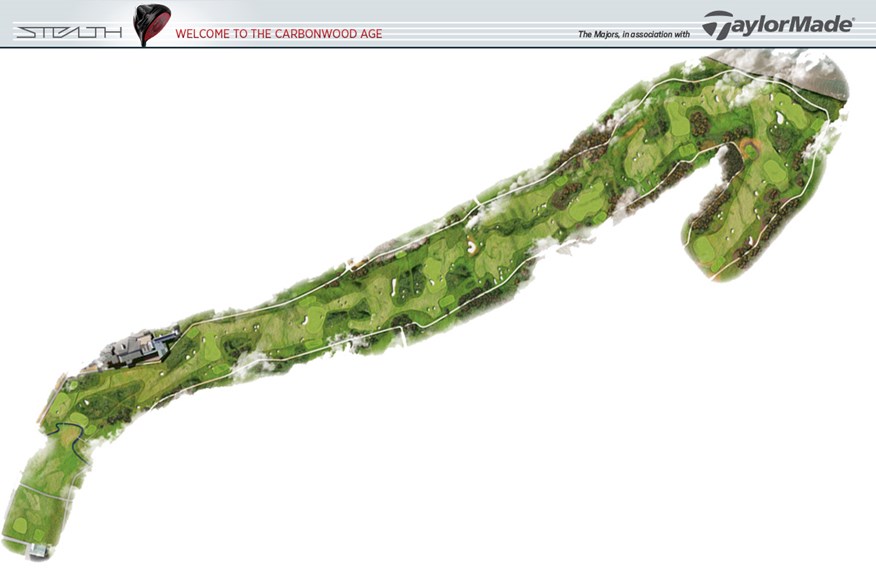The original Old Course at St Andrews – played backwards
Last updated:
Few people realise the Old Course was originally played in reverse – or that you can still play it ‘backwards’ to this day.
Today’s Golfer’s 2022 Major coverage is brought to you in association with TaylorMade.
Golf has been played at St Andrews since the 15th century, but the routing we know today only came into existence in 1870. Before that year, the Old was always played in reverse, as illustrated here. But that year, Old Tom Morris added a green to the west of the Swilcan Burn and a new counter clockwise routing fell into place.
THE OPEN 2022: Hole-by-hole course guide to St Andrews
Between 1870 and the 1940s, both routings were employed, but the newer layout was preferred for tournament play as it flowed more efficiently. Slowly, the reverse began to die out as visitors demanded to play the course made popular by the likes of Bobby Jones and Co. Rarely used, it was finally scrapped in 1978 and then largely forgotten until, on April Fool’s Day 2001, at the suggestion of an American journalist, the St Andrews Links Trust recreated the original layout as a one-off and play recommenced in the opposite direction.
It occasionally reappears as a new-season opener and plays like so…
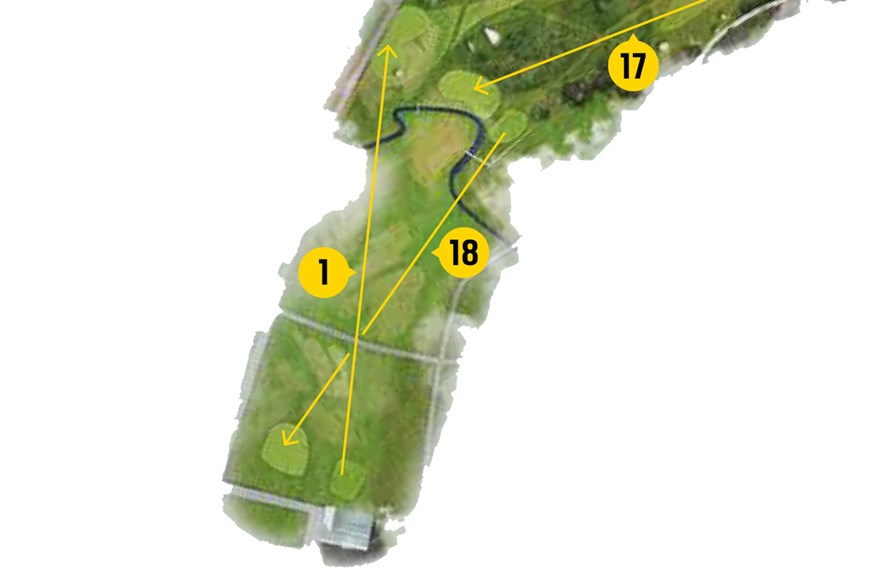
1st hole
On the reversed opening hole, you still have acres of hazard-free fairway to hit. The Swilcan Burn only comes into play for the bigger hitters.
3rd hole
Played from the 17th tee down the 16th fairway to the 15th green, the Principal’s Nose bunkers become far more of a factor on the fairway when played in reverse.
THE OPEN 2022: What does The Open champion win?
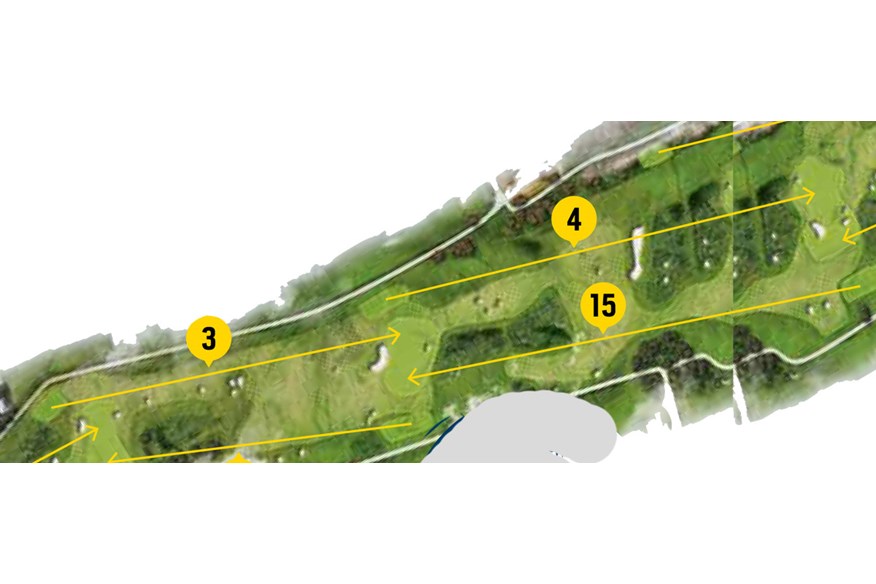
4th hole
The expansive Cottage bunker that sits at 222 yards on the ‘regular’ course comes a little more into play on the reversed 4th than on the current 15th.
7th hole
One of the standout holes on the reverse, the 7th plays down the current 12th fairway to the 11th green, a route littered with previously unseen bunkers.
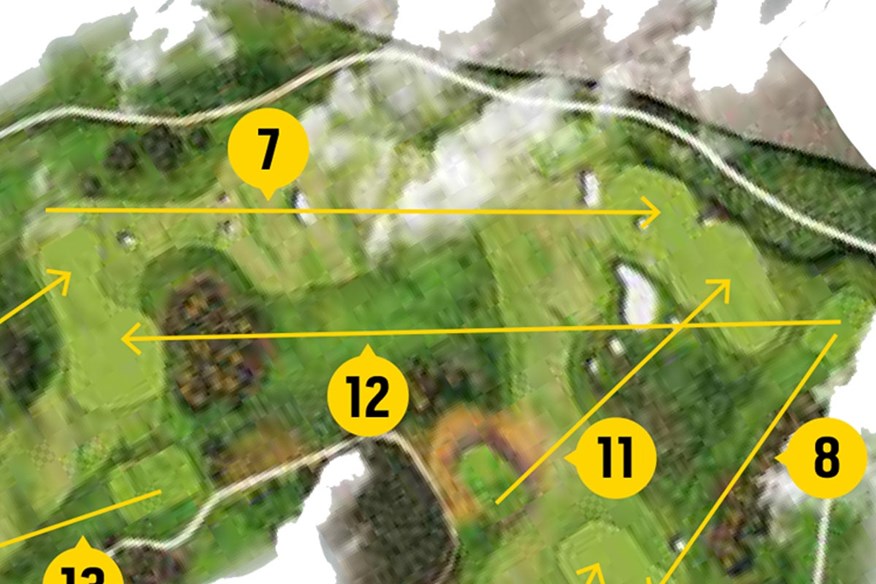
7th & 11th holes
The cross-over holes at 7 and 11 work better on the current course than on the reverse, where tee and green locations become more confusing.
14th hole
A standout hole, the 14th is still a long par 5 but with a a different angle of attack that brings Hell bunker more into play. The putting surface also slopes more away from the fairway in reverse.
THE OPEN 2022: The History of the Claret Jug
17th hole
The reverse 17th demands you find the tight and twisting fairway of the 2nd hole. The approach to what should be the 1st green has a putting surface that drops away towards the Swilcan Burn.
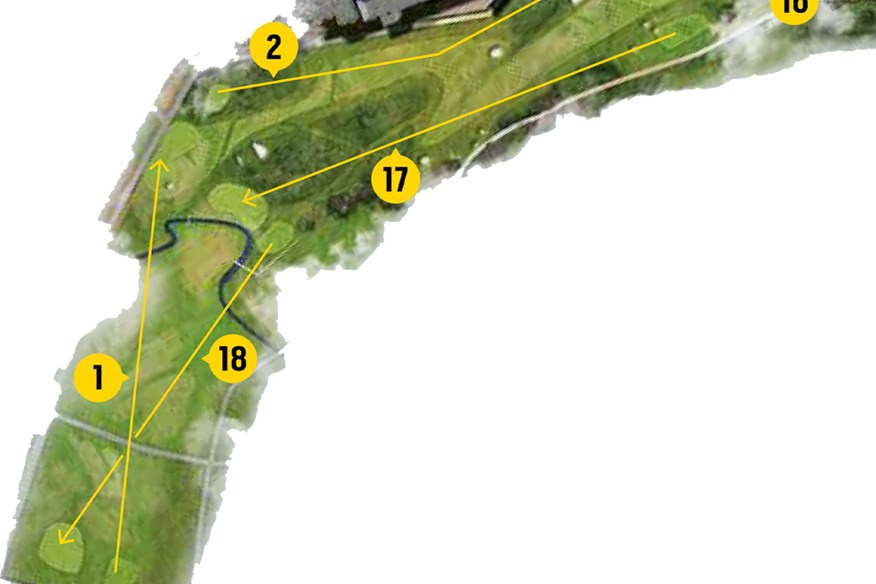
18th hole
The finale still plays onto the 18th green but the reverse tee is further back, making the Burn more problematic. The road guarding the right side of the green also comes more into play.
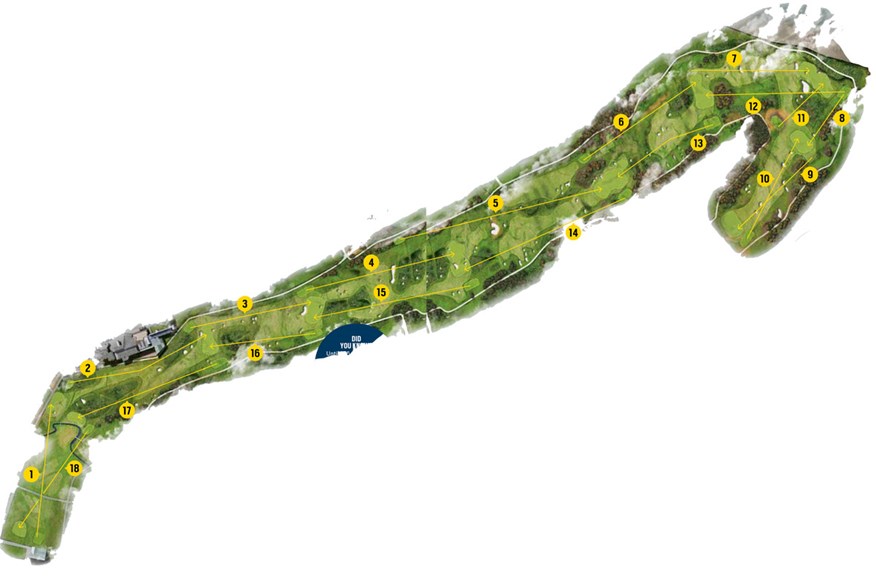
St Andrews’ ‘pointless’ bunkers
Tiger Woods’ victory at St Andrews in 2000 has been lauded as a strategic masterclass, because he avoided the Old Course’s numerous bunkers each day. However, the main reason Woods eluded the sand is because the bunkers are in the wrong places for the ‘new’ routing – much closer to the tee, where they can be carried by any reasonably long hitter.
“Some features only come into play and make sense when you play in reverse,” says St Andrews caddie Oliver Horowitz. “On the 300-yard, par-4 12th, there are six hidden bunkers in the middle of the fairway, including Admiral’s bunker which is 30 yards off the tee. You play it the ‘regular’ way and those bunkers make no sense, why are they there? You turn around and it all falls into place.”
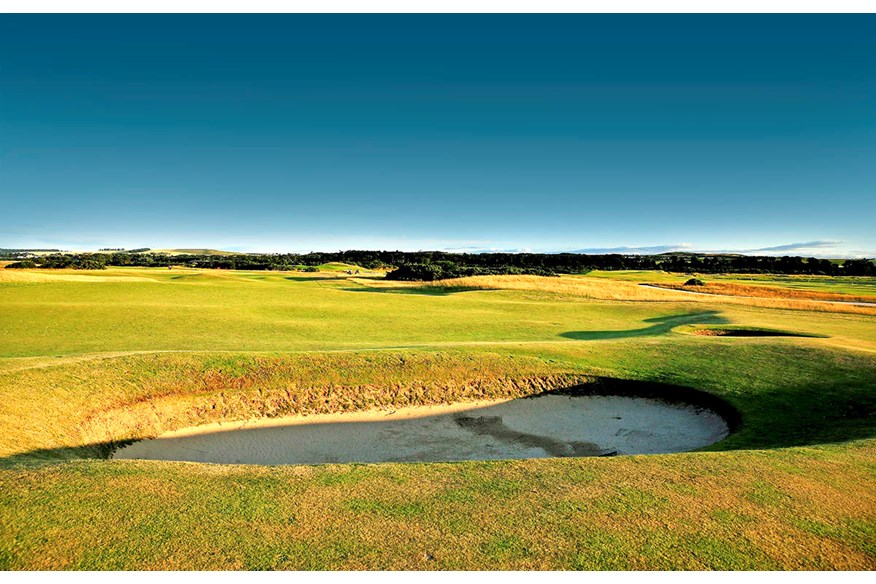
Did you know?
– Until 1764, the Old Course had 22 holes; 11 out, 11 back. Several were too short, so ended up being combined to end with 18.
– Today, the hole numbers on every double green add up to 18 – so 2 with 16, 3 with 15, and so on. Its shared fairways always add up to 19.
– Both the reverse and regular routings were used from the 1870s through World War II, usually in alternating weeks.
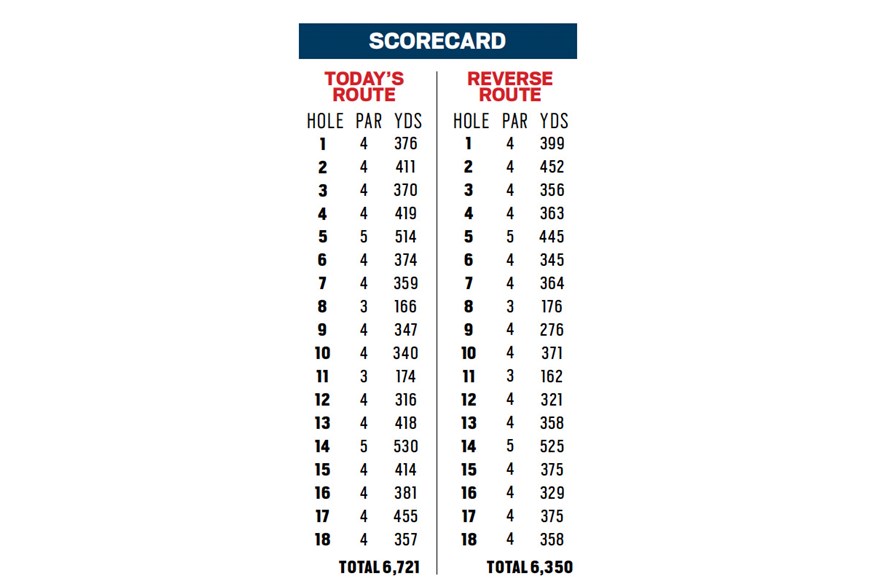
-
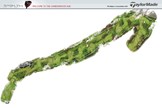 The original Old Course wasn't played the same way it is today.
The original Old Course wasn't played the same way it is today.
-
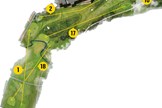 The 17th and 18th holes played differently on the Old Course's original design, with no hotel to play over on 17!
The 17th and 18th holes played differently on the Old Course's original design, with no hotel to play over on 17!
-
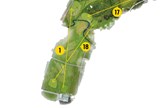 The 1st tee of the Old Course at St Andrews was in the same place on the original design, but you played to a different green.
The 1st tee of the Old Course at St Andrews was in the same place on the original design, but you played to a different green.
-
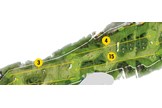 The 3rd and 4th holes on the original layout of the Old Course at St Andrews played differently to the course we know today.
The 3rd and 4th holes on the original layout of the Old Course at St Andrews played differently to the course we know today.
-
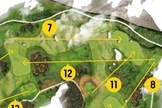 The 7th & 11th holes on the original Old Course layout caused more crossover problems than the course we know today.
The 7th & 11th holes on the original Old Course layout caused more crossover problems than the course we know today.
-
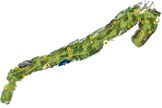 The Old Course in its original form played completely differently to how it does today.
The Old Course in its original form played completely differently to how it does today.
-
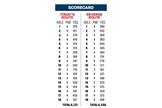 The original Old Course played a lot shorter than the modern layout.
The original Old Course played a lot shorter than the modern layout.
-
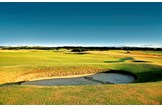 Some of the bunker placings on the Old Course at St Andrews don't make much sense, until you turn around and play it in reverse, as it was originally intended.
Some of the bunker placings on the Old Course at St Andrews don't make much sense, until you turn around and play it in reverse, as it was originally intended.
